25 Jan Becoming an Insect Detective
Posted at 09:45h
in Turfgrass Management
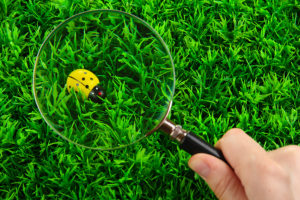 Golf course supers wear many hats--groundskeeper, teacher, financial advisor, staff manager, horticulturist, chemist, dead animal remover even. It's a job that takes a wide skill set. One hat you may not realize you wear is detective. When it comes to turf and pest management success, it’s crucial for a super to be able to solve the crime of “What’s ruining my turf?” It requires regular grounds and pest monitoring, along with some sleuthing skills. So channel your inner Perry Mason and let's figure out what creepy crawly is messing with your greens.
Golf course supers wear many hats--groundskeeper, teacher, financial advisor, staff manager, horticulturist, chemist, dead animal remover even. It's a job that takes a wide skill set. One hat you may not realize you wear is detective. When it comes to turf and pest management success, it’s crucial for a super to be able to solve the crime of “What’s ruining my turf?” It requires regular grounds and pest monitoring, along with some sleuthing skills. So channel your inner Perry Mason and let's figure out what creepy crawly is messing with your greens.


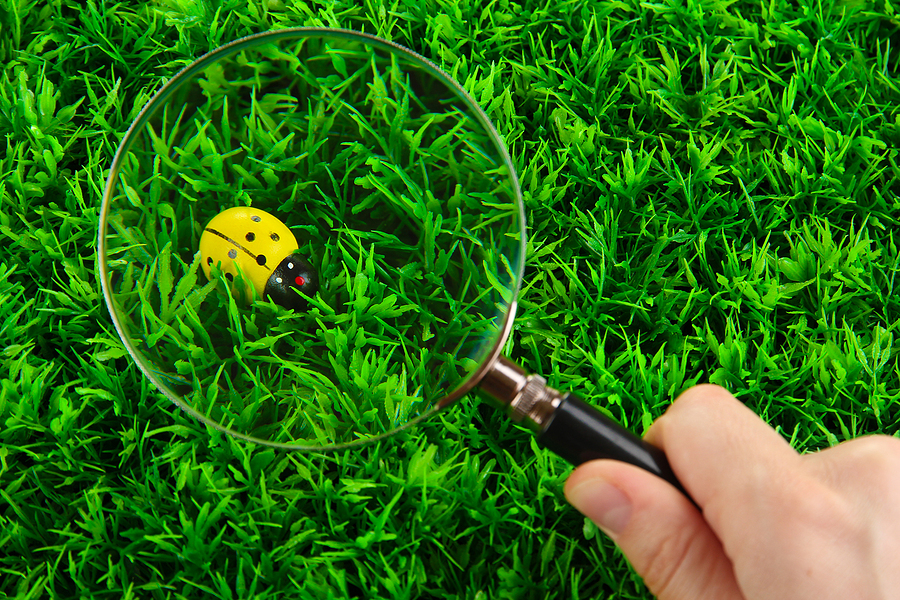
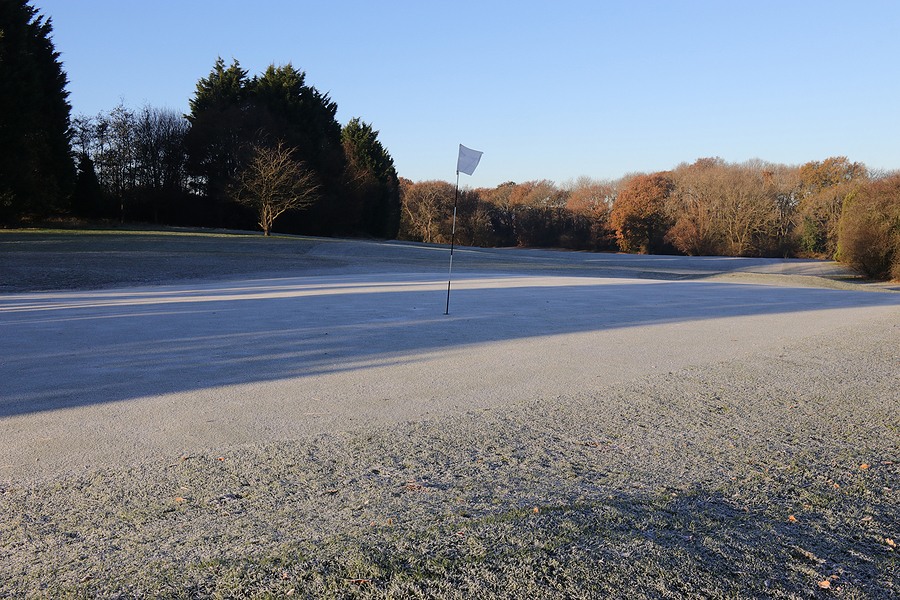
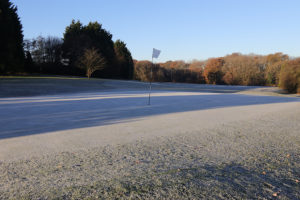 As the pandemic rages on across the country, businesses everywhere are hurting—including golf courses. But now in the North, the weather has turned cold, so playing golf is not as appealing to players as it once was. With the loss of revenue from the past year, it can be tempting for courses to want to push it—keeping their course open longer than usual, hoping for a warmer day here and there so the die-hards may stop by and squeeze in some additional rounds. But keeping the course open through the winter months is hard. There are fewer daylight hours and difficult weather conditions to contend with. What’s a course to do? We have some ideas for you.
As the pandemic rages on across the country, businesses everywhere are hurting—including golf courses. But now in the North, the weather has turned cold, so playing golf is not as appealing to players as it once was. With the loss of revenue from the past year, it can be tempting for courses to want to push it—keeping their course open longer than usual, hoping for a warmer day here and there so the die-hards may stop by and squeeze in some additional rounds. But keeping the course open through the winter months is hard. There are fewer daylight hours and difficult weather conditions to contend with. What’s a course to do? We have some ideas for you. 
 Though the bodies of water across a golf course are beautiful to look at, most golfers try to avoid them at all costs. For Superintendents, they are something they definitely can NOT avoid. They are an aspect of the course that requires constant attention, care and maintenance—ensuring that the water is clean and the quality high. The struggle lies in that it’s not easy or cheap to accomplish this, but it’s unavoidable.
Though the bodies of water across a golf course are beautiful to look at, most golfers try to avoid them at all costs. For Superintendents, they are something they definitely can NOT avoid. They are an aspect of the course that requires constant attention, care and maintenance—ensuring that the water is clean and the quality high. The struggle lies in that it’s not easy or cheap to accomplish this, but it’s unavoidable. 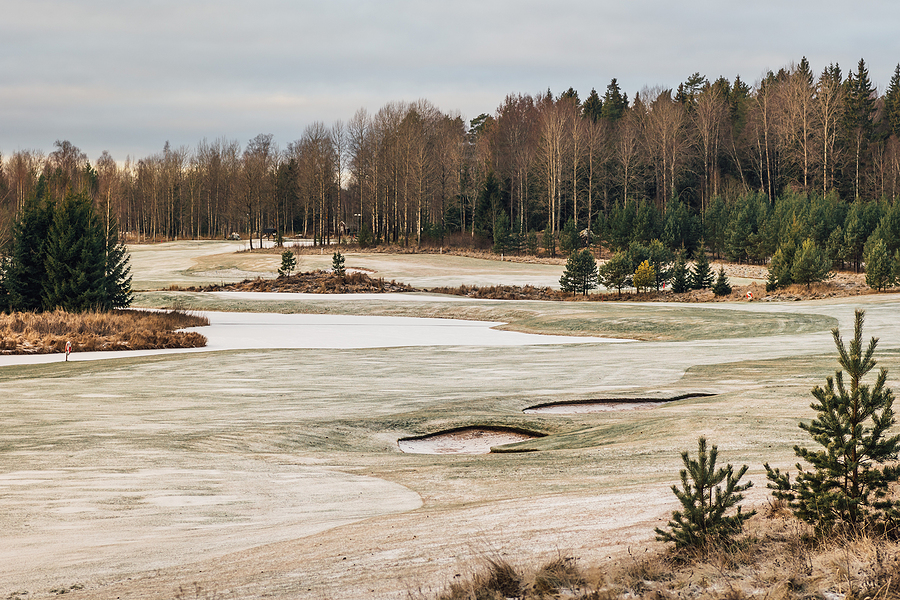
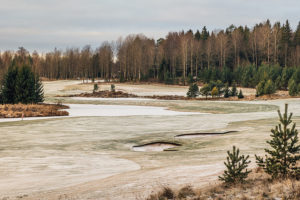 Winter is just around the corner, so as course traffic begins to slow for many clubs in the North, that doesn’t mean the course maintenance does. If you think about it, during the prime golfing season, a super’s focus is on general course maintenance and making sure daily play is the best it can be. But during the months when it’s too cold for golfing, this is the time to catch up, get organized and start planning for the next year. Here are some suggestions to help you be prepared come spring. Can you check all of these off your list?
Winter is just around the corner, so as course traffic begins to slow for many clubs in the North, that doesn’t mean the course maintenance does. If you think about it, during the prime golfing season, a super’s focus is on general course maintenance and making sure daily play is the best it can be. But during the months when it’s too cold for golfing, this is the time to catch up, get organized and start planning for the next year. Here are some suggestions to help you be prepared come spring. Can you check all of these off your list? 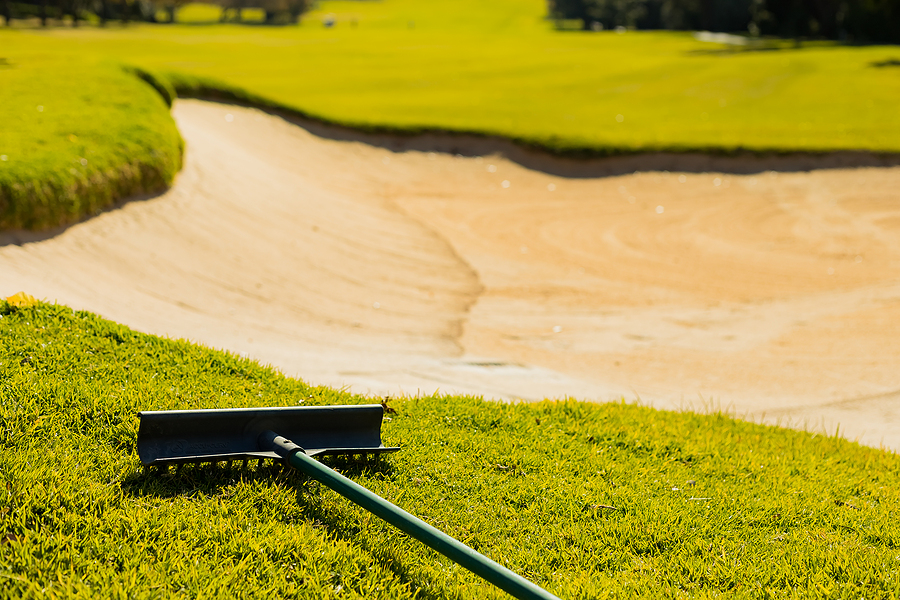
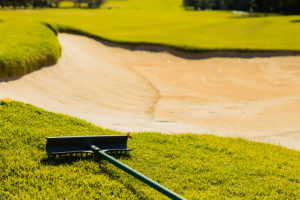 Whether you’re a golfer or a super, you most likely have very strong opinions on the topic of bunkers. For golfers, most groan when they see their ball land in the trap (though there are those times when the player will breathe a sigh of relief because the bunker saved him or her from a worse fate, like out of bounds or a water hazard). For course superintendents, they are a constant frustration due to the high level of maintenance involved and complaints from the membership when they aren’t maintained to their liking. To make matters worse, we now continue to face a global pandemic plus a recession, resulting in bunkers becoming a hot topic for numerous reasons.
Whether you’re a golfer or a super, you most likely have very strong opinions on the topic of bunkers. For golfers, most groan when they see their ball land in the trap (though there are those times when the player will breathe a sigh of relief because the bunker saved him or her from a worse fate, like out of bounds or a water hazard). For course superintendents, they are a constant frustration due to the high level of maintenance involved and complaints from the membership when they aren’t maintained to their liking. To make matters worse, we now continue to face a global pandemic plus a recession, resulting in bunkers becoming a hot topic for numerous reasons. 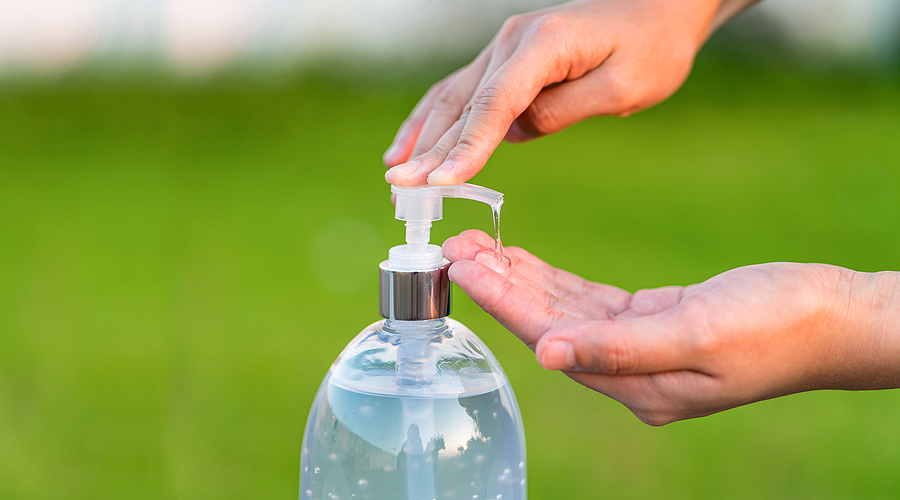
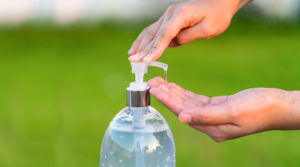 Throughout the ongoing fight against COVID-19, I think it’s safe to say we have all now learned the importance of washing your hands and using hand sanitizer. It truly is the best way to avoid spreading germs. Even on the course! However, though hand sanitizer helps your golfers play safely and comfortably, what is less commonly known is that hand sanitizer is harmful to your golf course turfgrass.
Throughout the ongoing fight against COVID-19, I think it’s safe to say we have all now learned the importance of washing your hands and using hand sanitizer. It truly is the best way to avoid spreading germs. Even on the course! However, though hand sanitizer helps your golfers play safely and comfortably, what is less commonly known is that hand sanitizer is harmful to your golf course turfgrass. 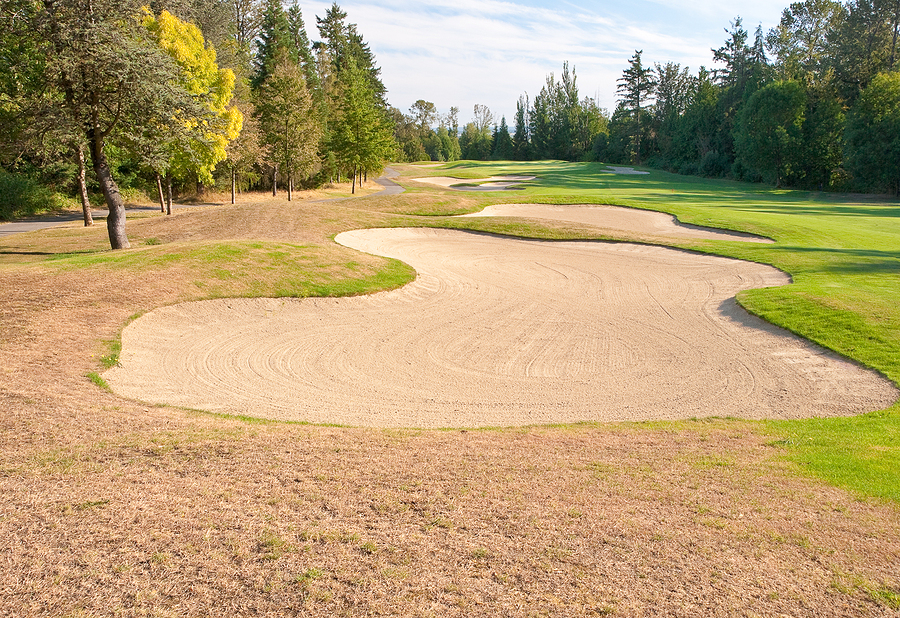
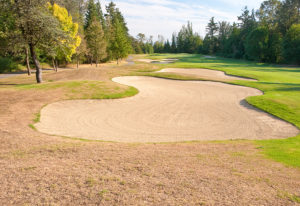 When managing a golf course, it’s important to be prepared for the unexpected, especially when it comes to water. You never know when something like a pipe failure, a fire, or in most cases, lack of rainfall, will affect your course’s water supply. Since a golf course uses, on average, about
When managing a golf course, it’s important to be prepared for the unexpected, especially when it comes to water. You never know when something like a pipe failure, a fire, or in most cases, lack of rainfall, will affect your course’s water supply. Since a golf course uses, on average, about 
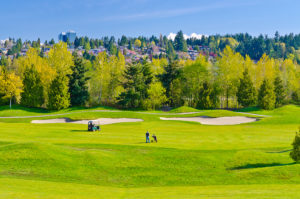 Though most golfers focus on getting to the green, most of their time is spent in the fairways. After all, fairways account for, on average,
Though most golfers focus on getting to the green, most of their time is spent in the fairways. After all, fairways account for, on average, 
 As we all WELL know, there are many contributors to any successful golf course operation. It wouldn’t thrive without the super, pros, investors, players and grounds crew, but other important cast members include natural wildlife and pollinators. They're responsible for encouraging plant growth and pollinating flowering plants. Integrating wildflowers into your course landscaping is a simple way to support pollinators, and they can bring a whole slew of benefits.
As we all WELL know, there are many contributors to any successful golf course operation. It wouldn’t thrive without the super, pros, investors, players and grounds crew, but other important cast members include natural wildlife and pollinators. They're responsible for encouraging plant growth and pollinating flowering plants. Integrating wildflowers into your course landscaping is a simple way to support pollinators, and they can bring a whole slew of benefits. 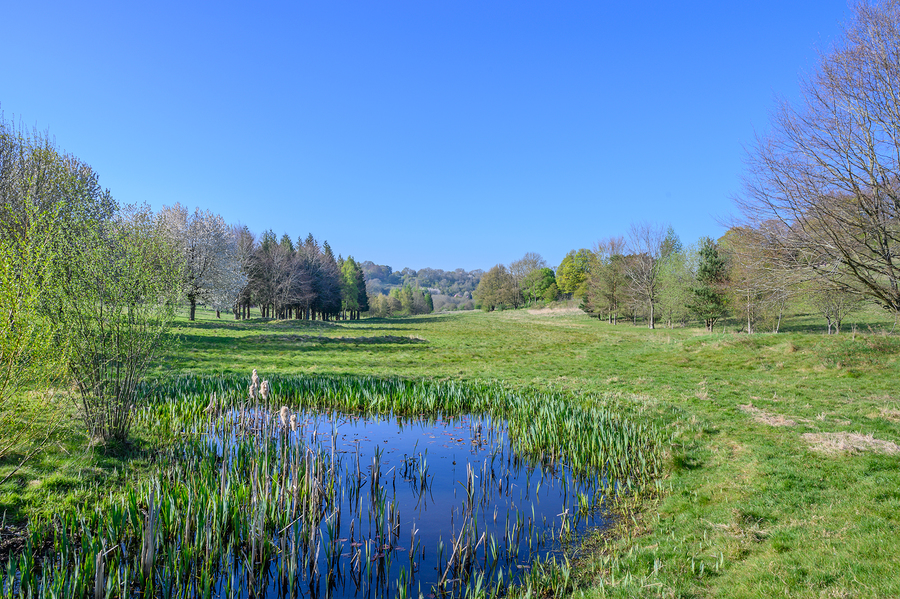
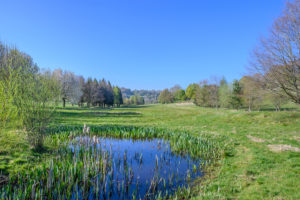 It's been a hell of a year, and it's only June. It's likely to be rough for awhile. Courses across the US were shut down as early as March, and only in the last month have slow streams of players been allowed back on, and with stringent restrictions. No golfers means no revenue and boards are tightening the purse strings for supers. The problem is, if you want a viable course when players are back in full swing, you can't just stop maintaining it for a couple months. But, we've been here before. We learned some valuable lessons in 2009 and these are five important takeaways on what you can, and what you can't, sacrifice in a time like this.
It's been a hell of a year, and it's only June. It's likely to be rough for awhile. Courses across the US were shut down as early as March, and only in the last month have slow streams of players been allowed back on, and with stringent restrictions. No golfers means no revenue and boards are tightening the purse strings for supers. The problem is, if you want a viable course when players are back in full swing, you can't just stop maintaining it for a couple months. But, we've been here before. We learned some valuable lessons in 2009 and these are five important takeaways on what you can, and what you can't, sacrifice in a time like this.